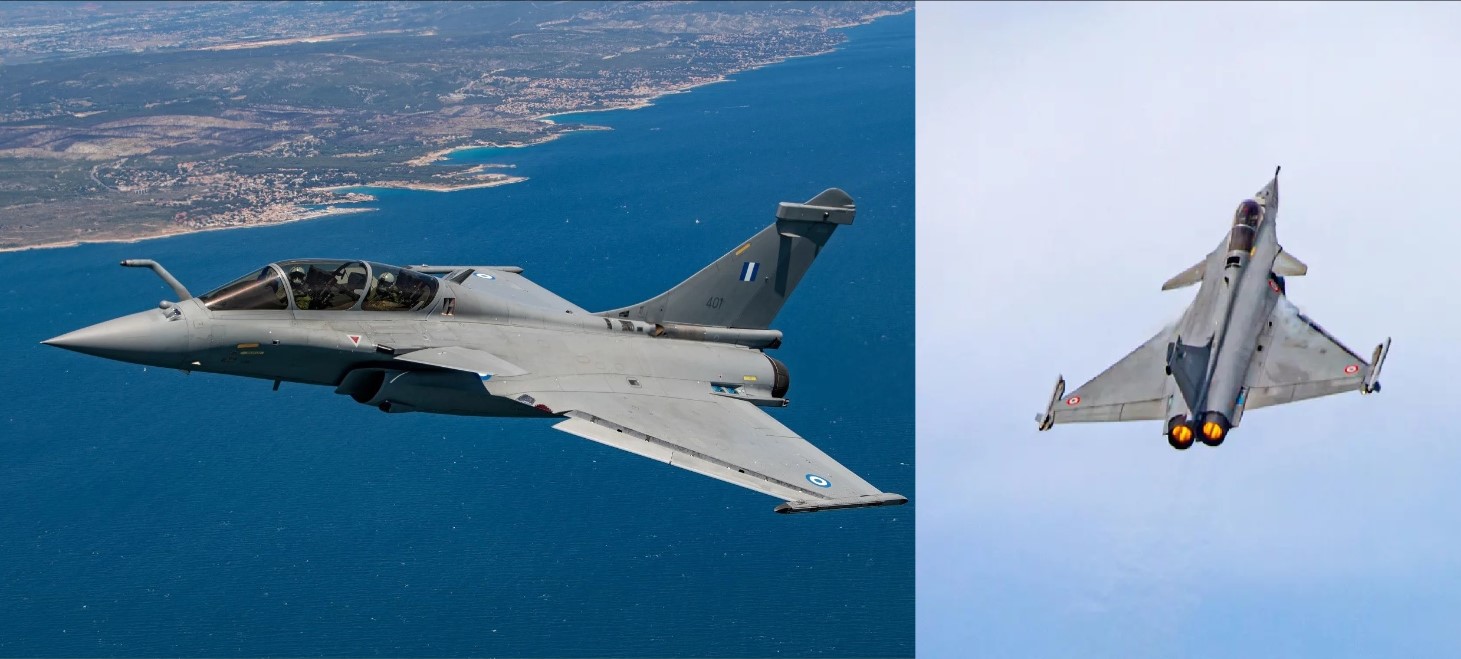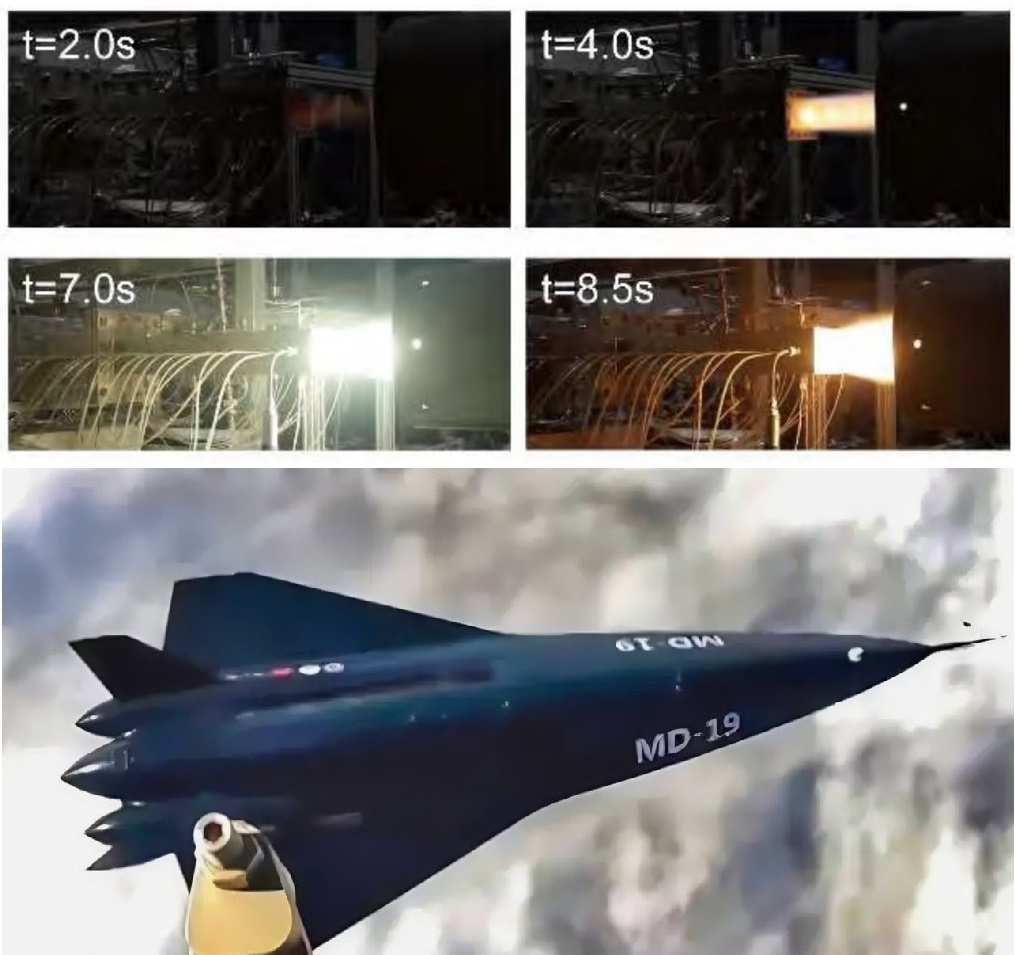Securing US Space Assets Strains Air Force Budget, Warns Secretary Kendall

Air Force Secretary Frank Kendall's emphasis on securing U.S. space assets is putting immense pressure on the Air Force and Space Force budgets, as the Department of Defense grapples with the growing costs of maintaining space superiority. Since unveiling his seven mission priorities, or "operational imperatives," two years ago, Kendall has consistently stressed the critical importance of building a resilient space architecture—a task that is proving to be both complex and costly.
The Strategic Imperative of Space Resilience
In his March 2022 speech, Kendall identified space resilience as the most impactful of his operational imperatives. He highlighted the essential role that space-based capabilities, such as GPS, satellite communications, and intelligence collection, play in U.S. military operations. With adversaries like China and Russia increasingly capable of targeting these assets, Kendall argued that ensuring their security is vital for the survival and effectiveness of U.S. terrestrial forces.
The creation of the U.S. Space Force in 2019 was a key step toward strengthening the military's focus on space. However, Kendall's push to prioritize space resilience means that the Space Force's budget needs to expand significantly to meet these growing demands. "We’ve only begun to define, and have not yet fully resourced, the space systems we will need to secure the nation," Kendall said, emphasizing the need for a much larger budget to develop the necessary capabilities.
Budget Constraints and Growing Needs
Despite steady increases in funding since the Space Force's establishment, Kendall believes the current budget is insufficient. The Space Force's budget has nearly doubled over the past five years, reaching approximately $30 billion. However, this increase largely reflects the consolidation of space-related missions from other branches of the military rather than new investments in cutting-edge technology.
For fiscal year 2025, the Space Force's budget is expected to decline slightly due to constraints imposed by the Fiscal Responsibility Act, which caps defense spending. This projected flat budget over the next five years contrasts sharply with the growing threats in space and the increasing demands from combatant commanders for space-based capabilities.
General Michael Guetlein, Vice Chief of Space Operations, echoed Kendall's concerns, warning that the Space Force's ability to respond to crises could be compromised without additional funding. "We are maxing out our budget today and seeing a flat-line budget in the DoD. It’s got to change," Guetlein stated, adding that the current capability gap between the U.S. and its adversaries could reverse if investments in space do not increase.
The High Stakes of Space Investment
Todd Harrison, a defense budget expert and senior fellow at the American Enterprise Institute, reinforced the urgency of boosting the Space Force's budget. He noted that the service is attempting to enter new mission areas, such as missile tracking and space-based data transport, which will require substantial financial resources. The Space Development Agency's plan to purchase hundreds of satellites for these missions is just one example of the costly projects that lie ahead.
However, securing additional funding may prove challenging. The House Appropriations Committee has proposed cutting the Space Force's FY25 budget request by about $900 million, while the Senate's funding legislation would reduce it by around $1 billion. Without a significant increase in funding, the Space Force may be forced to make difficult trade-offs, potentially sacrificing some capabilities to fund others.
Building a Resilient Space Architecture
As the Space Force continues to advocate for more funding, it is also working to define the optimal mix of satellites and other capabilities needed to adapt to emerging threats in space. This process, led by the Space Warfighting Analysis Center (SWAC), has been ongoing since 2021 and involves creating a long-term force structure for the next 10 to 15 years.
The SWAC's efforts have resulted in a plan for fielding offensive and defensive systems, known as counterspace weapons, though most details remain classified. These capabilities could include cyber and electronic warfare systems, as well as kinetic weapons designed to protect U.S. space assets.
Looking ahead, the Space Force plans to submit its first objective force design in the fall of 2025, which will outline near- and long-term funding needs. This design will be updated every five years to reflect changes in the threat environment and other factors.
The Path Forward
As Secretary Kendall's operational imperatives continue to guide the Air Force and Space Force's strategy, the challenge of securing sufficient funding for space resilience will remain a central issue. The creation of the Space Futures Command, responsible for implementing the force design, underscores the importance of this mission.
While the path forward is fraught with budgetary challenges, the need to protect U.S. space assets from emerging threats is undeniable. As Kendall and other leaders push for increased investment, the decisions made in the coming years will shape the future of U.S. military operations in space and beyond.
✍️ This article is written by the team of The Defense News.






